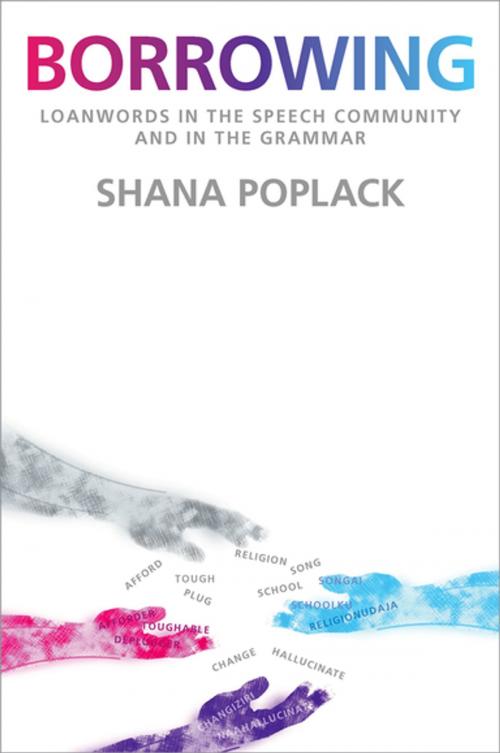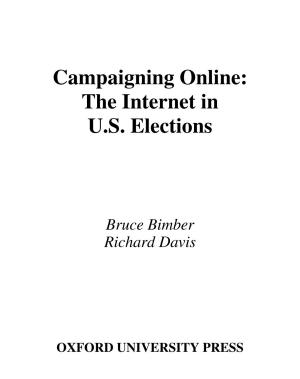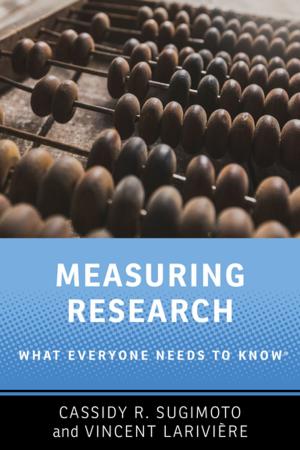Borrowing
Loanwords in the Speech Community and in the Grammar
Nonfiction, Reference & Language, Language Arts, Linguistics| Author: | Shana Poplack | ISBN: | 9780190699086 |
| Publisher: | Oxford University Press | Publication: | October 2, 2017 |
| Imprint: | Oxford University Press | Language: | English |
| Author: | Shana Poplack |
| ISBN: | 9780190699086 |
| Publisher: | Oxford University Press |
| Publication: | October 2, 2017 |
| Imprint: | Oxford University Press |
| Language: | English |
Studies of bilingual behavior have been proliferating for decades, yet short shrift has been given to its majormanifestation, the incorporation of words from one language into the discourse of another. This volume redresses that imbalance by going straight to the source: bilingual speakers in their social context. Building on more than three decades of original research based on vast quantities of spontaneous performance data and a highly ramified analytical apparatus, Shana Poplack characterizes the phenomenon of lexical borrowing in the speech community and in the grammar, both synchronically and diachronically. In contrast to most other treatments, which deal with the product of borrowing (if they consider it at all),this book examines the process: how speakers go about incorporating foreign items into their bilingual discourse; how they adapt them to recipient-language grammatical structure; how these forms diffuse across speakers and communities; how long they persist in real time; and whether they change over the duration. Attacking some of the most contentious issue in language mixing research empirically, it tests hypotheses about established loanwords, nonce borrowings and code-switches on a wealth of unique datasets on typologically similar and distinct language pairs. A major focus is the detailed analysis of integration: the principal mechanism underlying the borrowing process*.* Though the shape the borrowed form assumes may be colored by community convention, Poplack shows that the actof transforming donor-language elements into native material is universal. Emphasis on actual speaker behavior coupled with strong standards of proof, including data-driven reports of rates of occurrence, conditioning of variant choice and measures of statistical significance, make Borrowing an indispensable reference on language contact and bilingual behavior.
Studies of bilingual behavior have been proliferating for decades, yet short shrift has been given to its majormanifestation, the incorporation of words from one language into the discourse of another. This volume redresses that imbalance by going straight to the source: bilingual speakers in their social context. Building on more than three decades of original research based on vast quantities of spontaneous performance data and a highly ramified analytical apparatus, Shana Poplack characterizes the phenomenon of lexical borrowing in the speech community and in the grammar, both synchronically and diachronically. In contrast to most other treatments, which deal with the product of borrowing (if they consider it at all),this book examines the process: how speakers go about incorporating foreign items into their bilingual discourse; how they adapt them to recipient-language grammatical structure; how these forms diffuse across speakers and communities; how long they persist in real time; and whether they change over the duration. Attacking some of the most contentious issue in language mixing research empirically, it tests hypotheses about established loanwords, nonce borrowings and code-switches on a wealth of unique datasets on typologically similar and distinct language pairs. A major focus is the detailed analysis of integration: the principal mechanism underlying the borrowing process*.* Though the shape the borrowed form assumes may be colored by community convention, Poplack shows that the actof transforming donor-language elements into native material is universal. Emphasis on actual speaker behavior coupled with strong standards of proof, including data-driven reports of rates of occurrence, conditioning of variant choice and measures of statistical significance, make Borrowing an indispensable reference on language contact and bilingual behavior.















